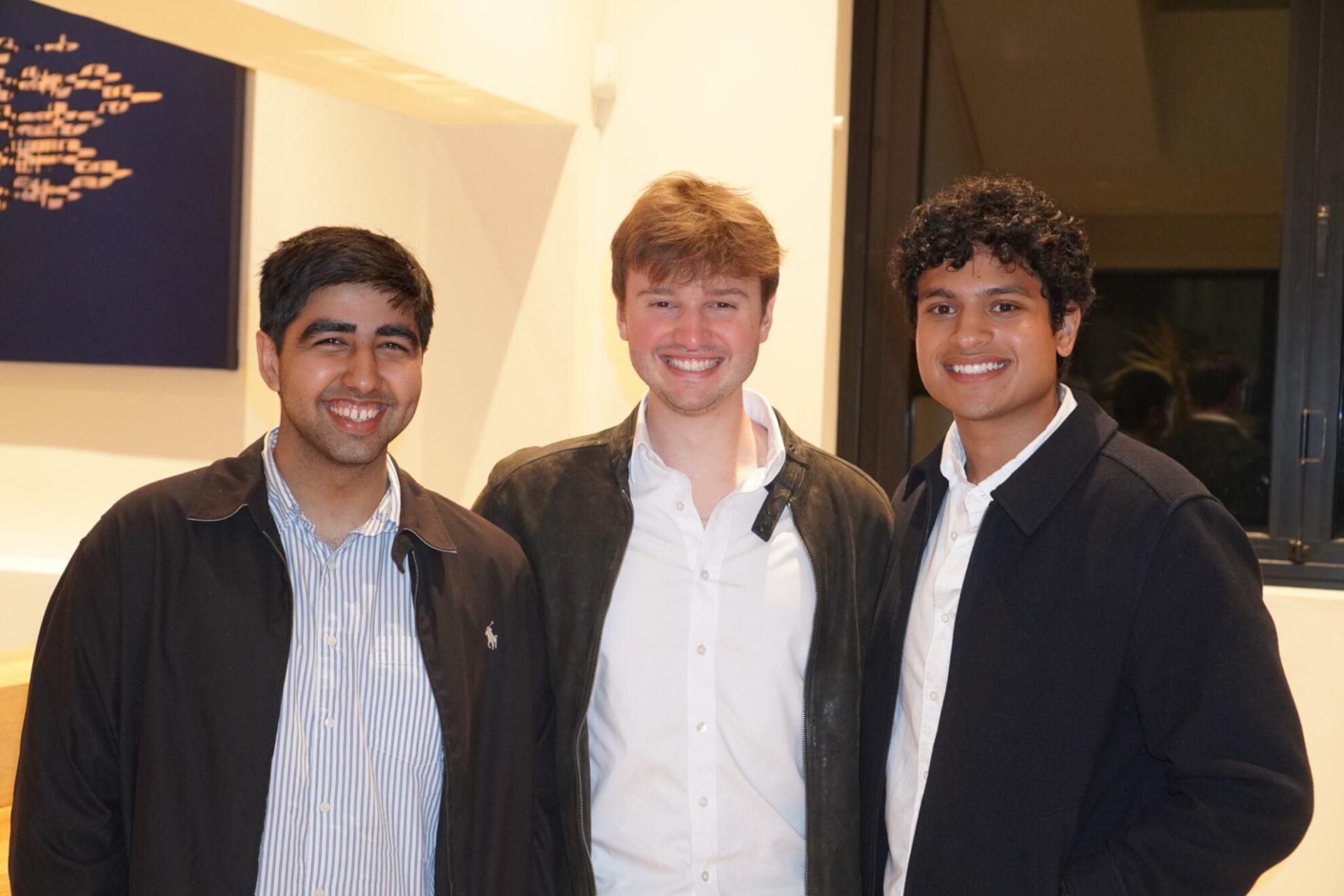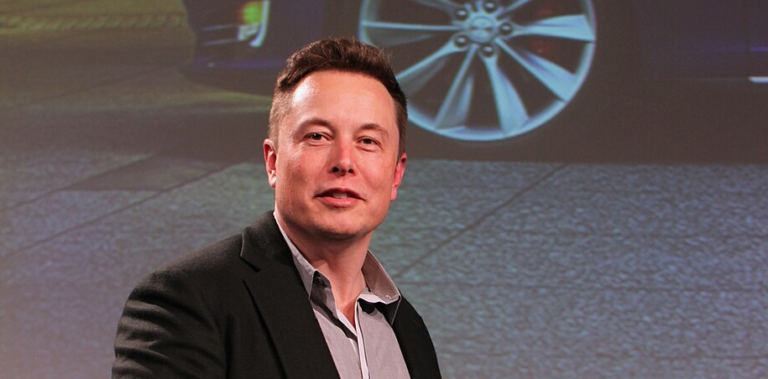Command Palette
Search for a command to run...
Andrew Ng's Company Released a Social Distance Warning Tool
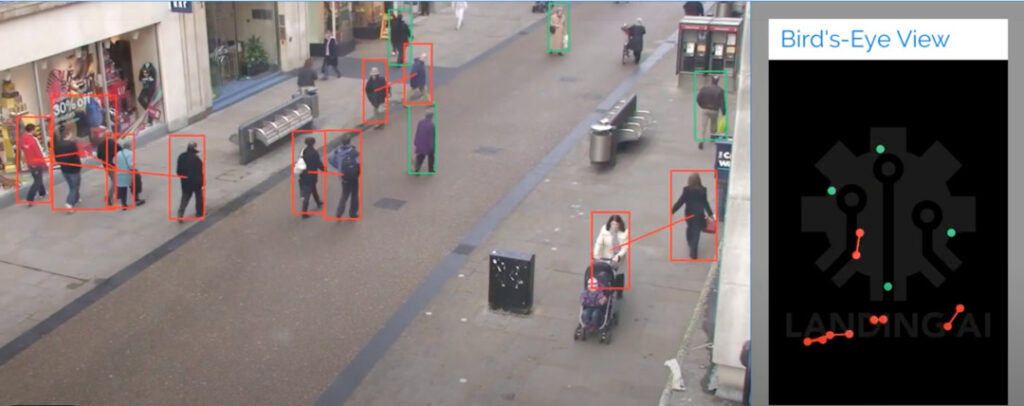
Reminding people to keep their distance in public places can effectively prevent cross-infection. Recently, Landing AI, a company founded by Andrew Ng, developed a tool that can measure the distance between pedestrians in real time from surveillance videos and give reminders when they exceed the safe distance.
Keeping a safe distance in public is a common practice to prevent the spread of the virus. The WHO recommends that people keep a distance of at least 3 feet (0.9 meters) from each other, while my country recommends keeping a distance of 1.5-2 meters to reduce the risk of infection.
Some time ago in Italy, a man adopted hardcore physical isolation and went shopping in a supermarket with a huge round plate.
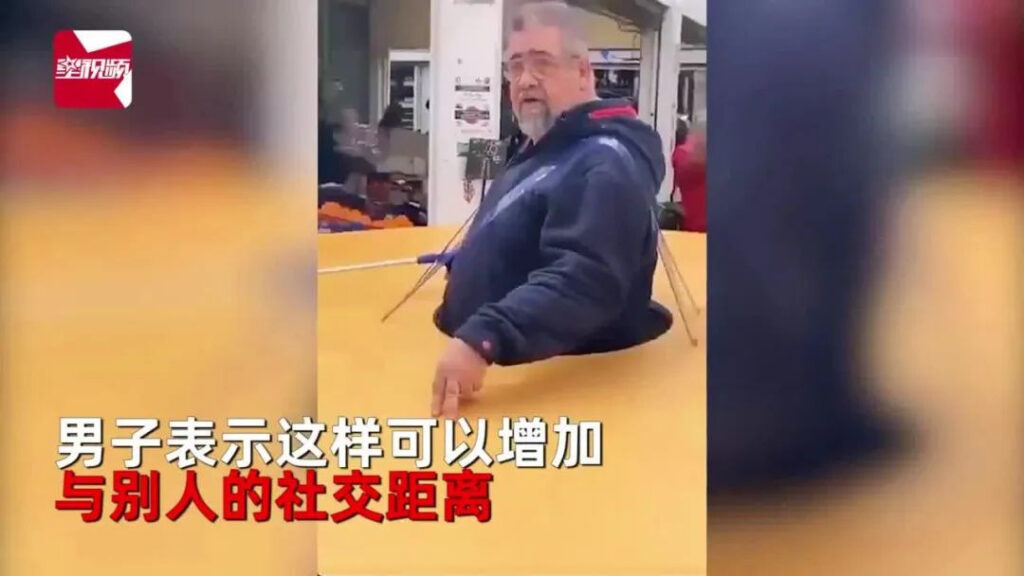
Recently, Landing AI, an artificial intelligence company founded by Andrew Ng, developed a tool called Social Distancing Detector that can detect whether people are keeping a safe distance during activities by analyzing real-time video from cameras.
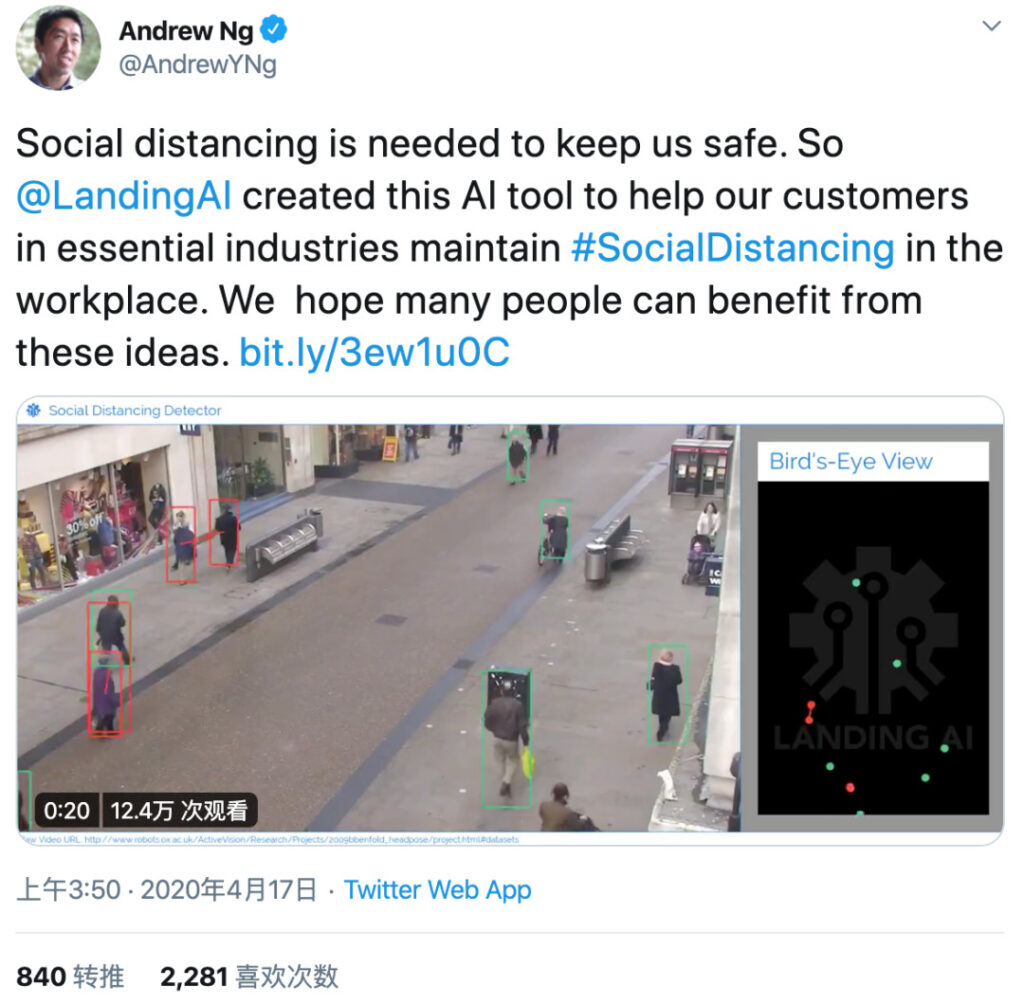
Just three steps to measure social distance in real time
Landing AI demonstrated the tool using the public street view dataset "The Oxford Town Centre".
From this we can see that the system can capture the dynamics of people in the video in real time and measure the minimum distance between different people.
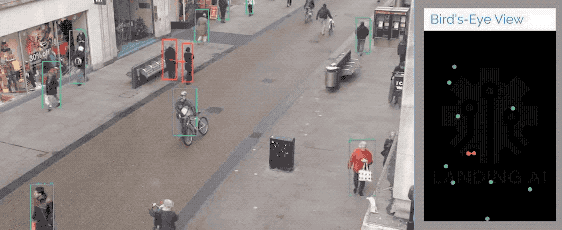
If the distance between people is less than the safety standard, the person frame will change from green to red and a shortest distance line will be generated. It can also be converted into an alarm or other reminder later.
In Landing AI’s official blog, the technical principles of building the tool are disclosed. It can be achieved through three steps: calibration, detection, and ranging, using data from surveillance cameras.
Step 1: Calibration
Since the video input may come from multiple angles, and different angles will cause the distance to change, in order to ensure the effectiveness of the distance, it needs to be converted to a fixed plane. The first step is to convert the entire screen into a bird's-eye view.
The simplest way is to select a vertex of a rectangle in reality and map it to the four corners of the top view. In actual processing, multiple factors need to be combined to accurately complete real-time mapping and transformation.
To make the results more accurate, you also need to take into account the scale of the overhead view, such as finding the actual pixel size that corresponds to 6 feet (the recommended distance in some parts of the United States).
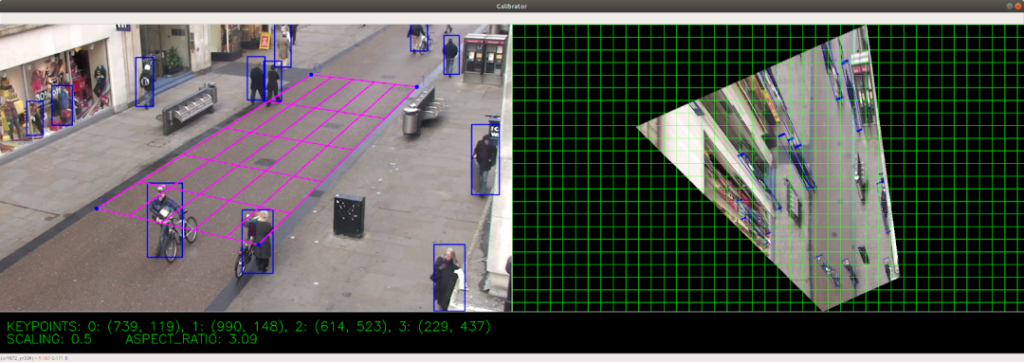
Step 2: Detection
After calibration, we need to detect people from the image and draw bounding boxes around them. For this step, Landing AI uses an open source pedestrian detection network based on the Faster R-CNN architecture.
The blog post introduced that they used non-maximum suppression (NMS) and several rule-based heuristic algorithms, and also fine-tuned the model based on actual situations.
Step 3: Distance Measurement
The last step is to measure the distance between people. This is done by projecting the center of the task detection box into the top view. The distance between different points represents the distance between different people.
Finally, the final actual distance calculation is performed based on the scale determined in the calibration step.
After these three operations, the shortest distance between different people can be measured in real time on the video screen.
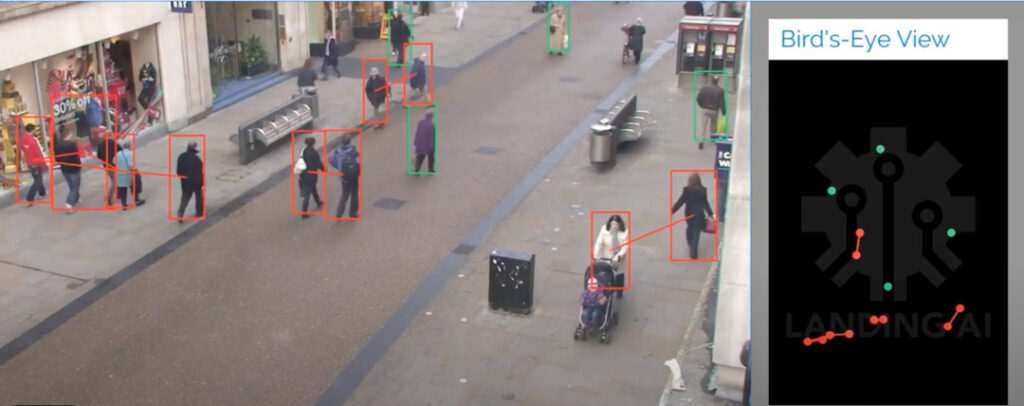
At a safe distance, characters are represented by green frames, and when the distance is too close and exceeds the safe value, it will be transformed into a red frame and trigger a red line representing the distance. In the top view, it is represented by green and red dots.
Customized on demand, suitable for a variety of industrial scenarios
A spokesperson for Landing AI said the tool is an important solution that Landing AI uses in its production environment in response to customer demand.
The current system can be used in environments such as manufacturing and pharmaceuticals where workers must go to work to help manage and remind workers of their safety.
For example, in a factory producing protective equipment, technicians can integrate this software into their security camera system to monitor the working environment through a simple calibration step.
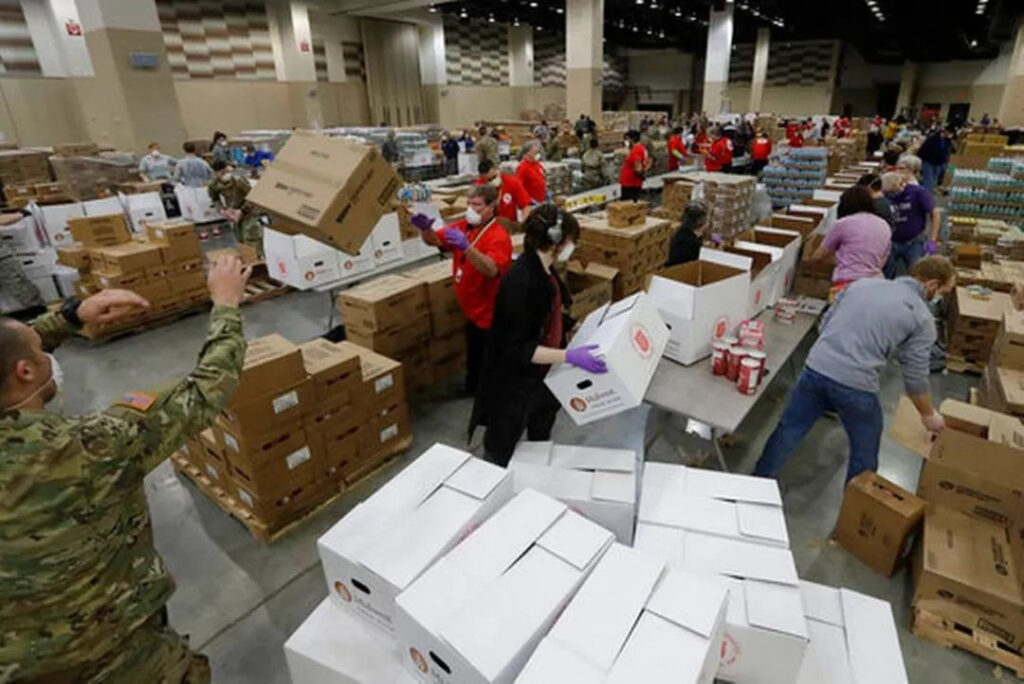
But for the final alert method, Landing AI said the system is still in its early stages and is exploring the best way to handle alerts.
Solutions being considered include: sounding an alarm when the distance detected is less than the safety standard; or aggregating data for managers to help re-plan employees' work areas.
Novel and convenient, but questioned by some netizens
This tool, which seems to be able to supervise people to pay attention to protection, is not liked by everyone.
In Landing AI’s blog post, the right to know about the use of the system is explained, and it is advocated that anyone using this system must be transparent and only identify people with their informed consent.
Even so, there were a lot of questioning voices under the Twitter post where Andrew Ng introduced the tool.
For example, in the comment with the most likes, it was clearly written, Welcome to 1984.
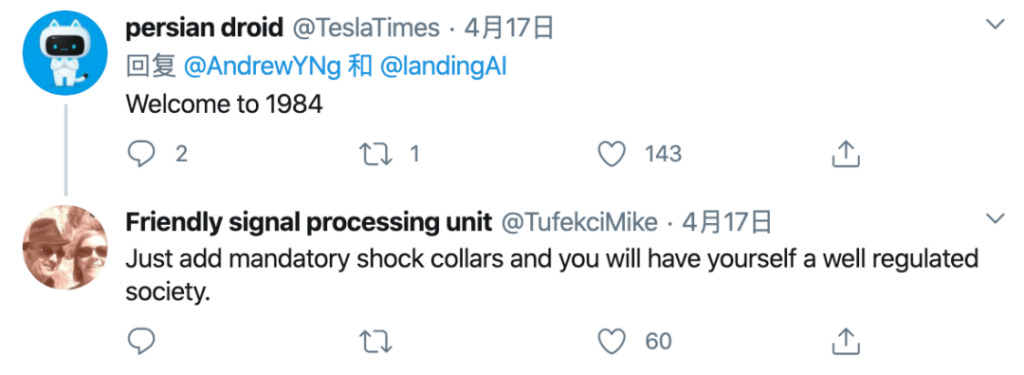
The implementation of quarantine policies has been proven to be an effective epidemic prevention measure. However, in the United States, where the epidemic situation is severe, people have different levels of acceptance of quarantine.
There have been protests against quarantine in many states recently, with some citizens demanding that quarantine be lifted and production resume.
The deep-seated reasons behind this are probably not something that Andrew Ng and others can solve with just one or two tools.
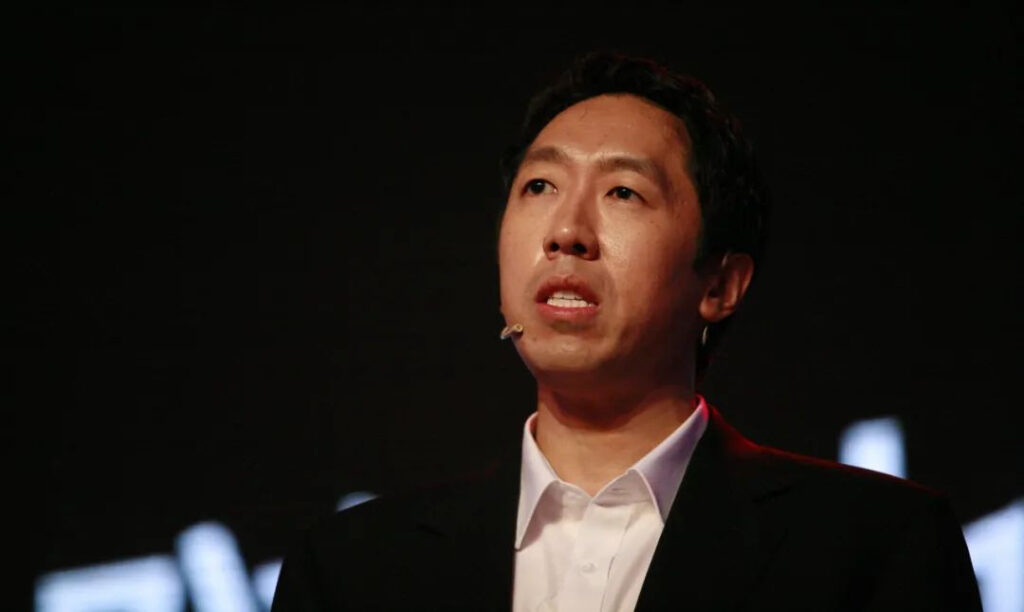
-- over--
